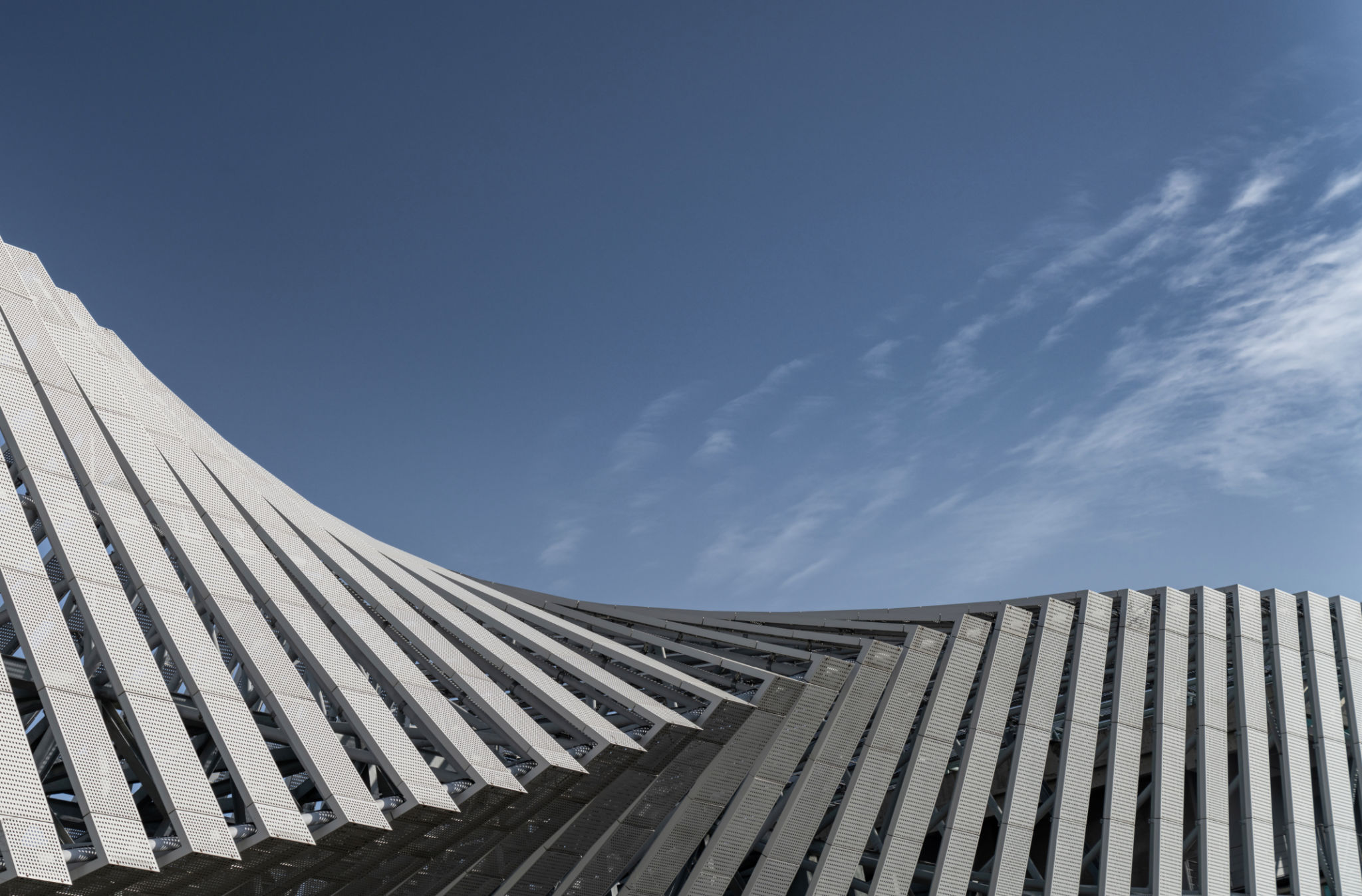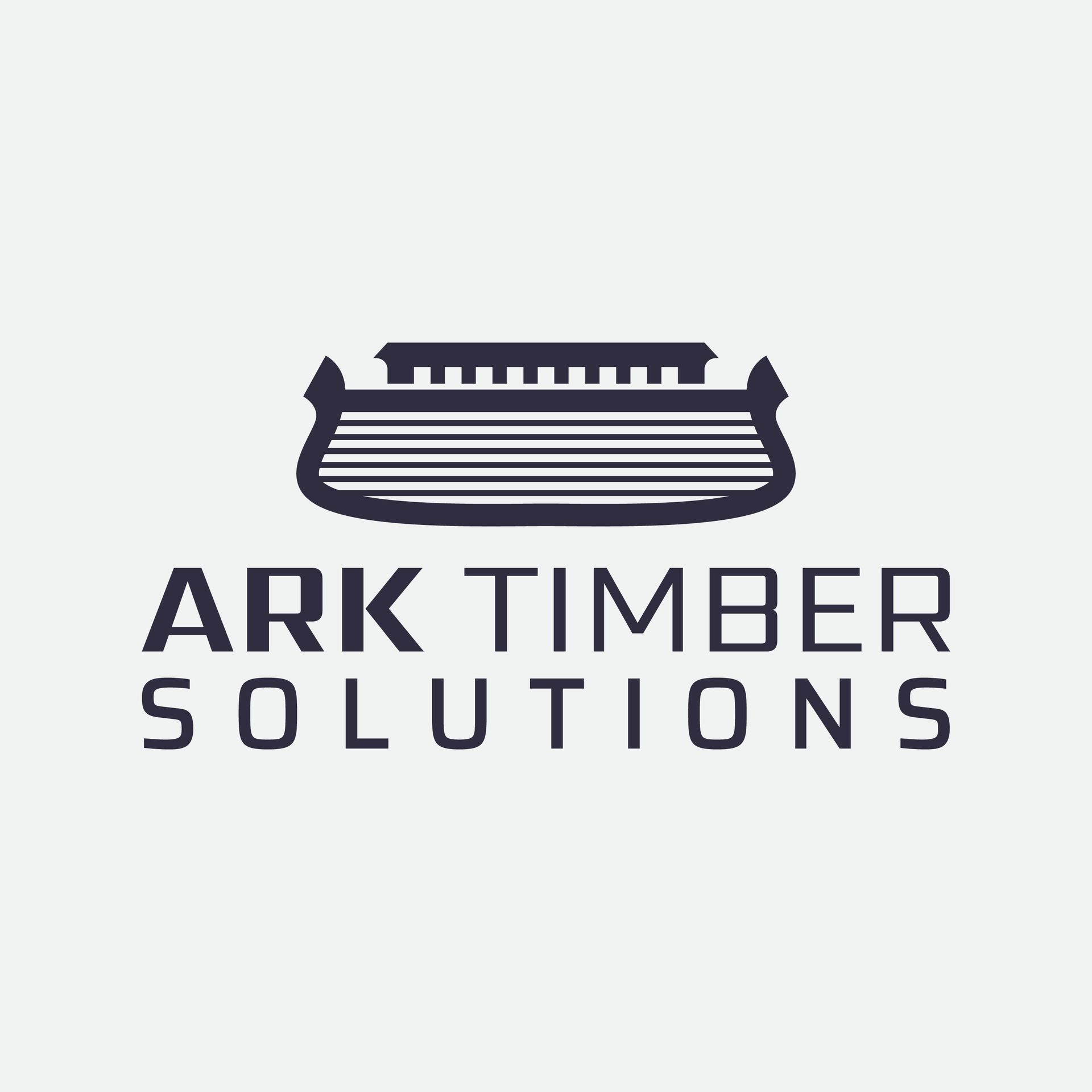Common Myths About Timber Frame Homes Debunked
Myth 1: Timber Frame Homes Are Not Durable
One of the most common misconceptions about timber frame homes is that they lack durability. This myth likely stems from the perception that wood is a weaker material compared to steel or concrete. However, the reality is that timber frame homes are incredibly resilient. The use of high-quality, treated timbers ensures that these homes can withstand the test of time, enduring various weather conditions while maintaining structural integrity.
Timber has been used in construction for centuries, with many historic wooden buildings still standing today. Modern engineering techniques and treatments further enhance the strength and longevity of timber frame structures.

Myth 2: Timber Frame Homes Are Not Energy Efficient
Another widespread myth is that timber frame homes are not energy efficient. In truth, timber is a natural insulator, which can significantly reduce heating and cooling costs. Timber frame construction allows for the inclusion of superior insulation materials, such as rigid foam or blown-in cellulose, resulting in homes that perform exceptionally well in terms of energy efficiency.
Additionally, the design flexibility of timber frames allows for open floor plans that facilitate effective air circulation and natural lighting, contributing to a more energy-efficient living environment.
Myth 3: Timber Frame Homes Are Prone to Pests
The idea that timber frame homes are easily infested by pests like termites and carpenter ants is another myth that needs debunking. While it's true that untreated wood can be vulnerable, modern timber frame homes are constructed using treated or naturally resistant wood species, such as cedar or redwood, which deter pests.

Myth 4: Timber Frame Homes Are Expensive to Build
Many people assume that building a timber frame home is costly. While the initial investment might be higher compared to conventional construction methods, the long-term benefits often outweigh the upfront costs. The durability, energy efficiency, and aesthetic appeal of timber frame homes contribute to their overall value.
Moreover, the prefabrication of timber frame components can lead to faster construction times and reduced labor costs, making them a cost-effective option in the long run.
Myth 5: Timber Frame Homes All Look the Same
Some believe that timber frame homes lack design diversity. This couldn't be further from the truth. Timber frame construction offers remarkable design flexibility, allowing for a wide range of architectural styles, from traditional rustic cabins to modern minimalist homes.

This versatility enables homeowners to customize their spaces to reflect their personal tastes, ensuring that no two timber frame homes are exactly alike.
Conclusion
Timber frame homes are surrounded by several myths that often deter potential homeowners. By debunking these misconceptions, it's clear that timber frame construction offers numerous benefits, including durability, energy efficiency, and design flexibility. As more people discover these advantages, timber frame homes continue to grow in popularity as a sustainable and attractive housing option.
